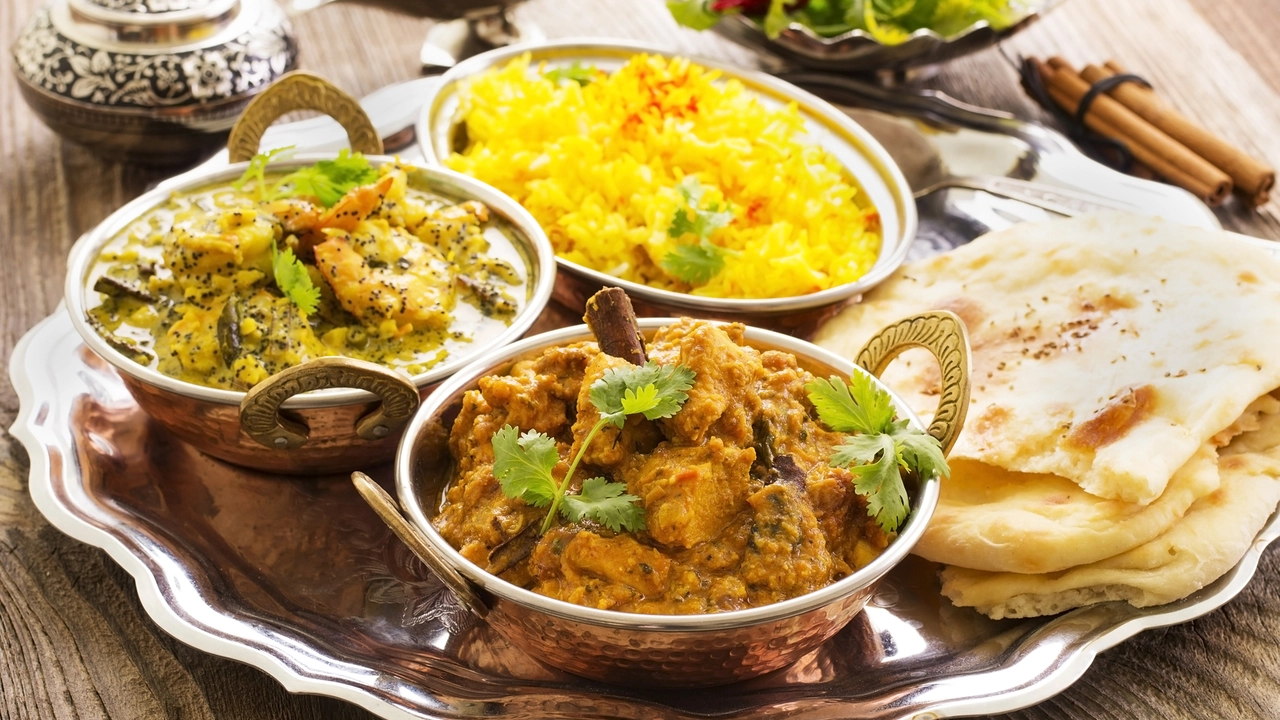Understanding Indian Cuisine
As someone who loves exploring different cuisines, my journey into the world of Indian food has been nothing short of exciting. Indian cuisine is a rich tapestry of flavors, a blend of diverse cultures and centuries-old traditions. Every dish tells a story, every spice adds a new dimension. What makes Indian food unique is its incredible diversity, a reflection of the country's myriad regions, each with its own unique culinary traditions and flavors.
Gathering Your Ingredients
Indian cooking is all about the spices. To start cooking Indian food at home, you'll need a range of spices, which might include turmeric, coriander, cumin, cardamom, and garam masala, among others. These spices are readily available in most grocery stores or online. Besides, you will need ingredients like rice, lentils, meat, and a variety of vegetables depending on the recipe you choose. Always ensure you have all your ingredients before you start cooking.
Choosing the Right Tools
While you don't need any specific tools to cook Indian food, having the right ones can make the process much easier. A good, heavy-bottomed pot is essential for dishes that require slow cooking, like curries. A pressure cooker can also come in handy for cooking lentils and rice. A rolling pin and a flat surface are crucial if you plan to make Indian bread like chapatis or naans. Lastly, a spice grinder is a good investment for grinding your spices to perfection.
Mastering the Techniques
Indian cooking involves a variety of techniques. From sautéing and frying to roasting and slow cooking, each technique brings out different flavors and textures in the food. One common technique is the 'tadka' or 'tempering', where spices are fried in oil or ghee to release their flavors before adding them to the dish. This technique is often used in dals (lentil soups) and curries. Another technique is 'bhunao', where ingredients are sautéd in oil until they release their natural juices.
Preparing a Simple Indian Meal
Starting with a simple meal is the best way to ease into Indian cooking. A simple Indian meal might consist of a lentil soup (dal), a vegetable curry, and rice or rotis (Indian bread). You could also make a biryani, a flavorful rice dish with vegetables or meat. As you get comfortable with the basic recipes, you can start experimenting with more complex dishes.
Cooking a Regional Dish
Once you've mastered the basics, you can start exploring the regional cuisines of India. Each region in India has its own unique dishes and cooking styles. For example, you could try cooking a Bengali fish curry, a Rajasthani dal-baati, a South Indian dosa, or a Punjabi butter chicken. Each of these dishes will give you a taste of the vast culinary landscape of India.
Pairing Your Food with the Right Drinks
Just like any other cuisine, Indian food can be paired with a variety of beverages. A popular choice is 'lassi', a yogurt-based drink that is both refreshing and aids digestion. Indian chai (tea) is also a great choice, especially with snacks or breakfast. For alcoholic options, beers and wines that complement the spices in Indian food can be an excellent choice.
Presenting Your Indian Meal
Finally, the presentation of your meal is just as important as the cooking process. Indian meals are often served in 'thalis' or platters, with each dish placed in a separate bowl. The meal usually includes a balance of different flavors and textures, including sweet, sour, spicy, and crunchy. A typical Indian meal might include rice, a variety of curries, pickles, yoghurt, and a sweet dish to finish.
Exploring More Indian Recipes
Once you've got the hang of Indian cooking, the possibilities are endless. There are thousands of recipes to explore, each with its own unique flavors and techniques. Whether you're a vegetarian or a meat-lover, there's an Indian dish for everyone. So, keep experimenting, keep learning, and enjoy the journey into the world of Indian cuisine!

